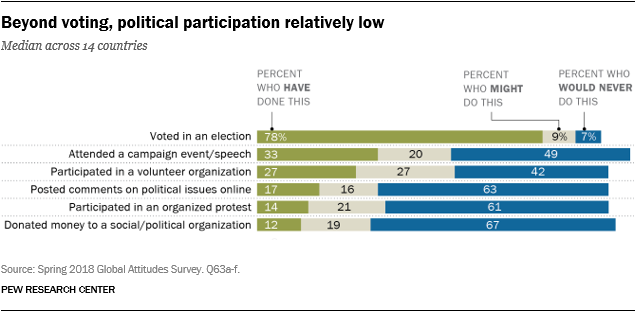Rebecca Elliott at Work in Progress: “Climate change is making the planet we inhabit a more dangerous place to live. After the devastating 2017 hurricane season in the U.S. and Caribbean, it has become easier, and more frightening, to comprehend what a world of more frequent and severe storms and extreme weather might portend for our families and communities.
When policymakers, officials, and experts talk about such threats, they often do so in a language of “value at risk”: a measurement of the financial worth of assets exposed to potential losses in the face of natural hazards. This language is not only descriptive, expressing the extent of the threat, it is also in some ways prescriptive.
Information about value and risk provides a way for us to exert some control, to “tame uncertainty” and, if not precisely predict, at least to plan and prepare prudently for the future. If we know the value at risk, we can take smart steps to protect it.
This logic can, however, break down in practice.
After Hurricane Sandy in 2012, I went to New York City to find out how residents there, particularly homeowners, were responding to a new landscape of “value at risk.” In the wake of the catastrophe, they had received a new “flood insurance rate map” that expanded the boundaries of the city’s high-risk flood zones.
129 billion dollars of property was now officially “at risk” of flood, an increase of more than 120 percent over the previous map.
And yet, I found that many New Yorkers were less worried about the threat of flooding than they were about the flood map itself. As one Rockaway man put it, the map was “scarier than another storm.”
Far from producing clear strategies of action, the map produced ambivalent actors and outcomes. Even when people took steps to reduce their flood risk, they often did not feel that they were better off or more secure for having done so. How can we understand this?
By examining the social life of the flood insurance rate map, talking to its users (affected residents as well as the experts, officials, and professionals who work with them), I found that the stakes on the ground were bigger than just property values and floods. Other kinds of values were threatened here, and not just from floods, complicating the decision of what to do and when….(More)”.

